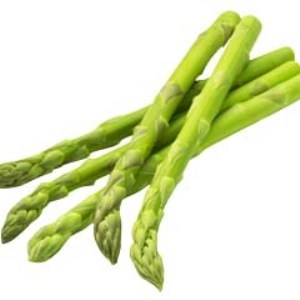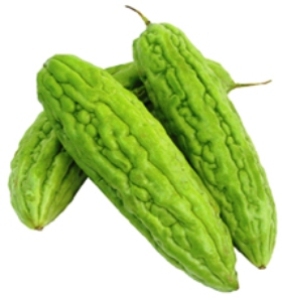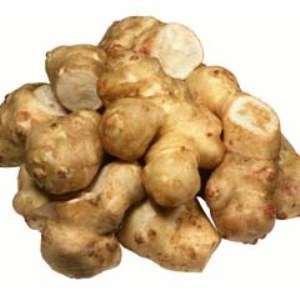Veg
Showing all 3 results

Asparagus
Asparagus is a perennial vegetable arising from a root system of fleshy rhizomes known as the crown with long feeder roots that can grow to a depth of 1.5-2 metres. In spring the crown sends up spears (shoots), which are the edible portion of the plant.
Preparation:
Most green asparagus is ready-to-go. However, if the base of the stalk is tough, simply run a knife along the stalk until it meets less resistance, then cut the end off at this point. Or simply snap off the coarse ends with your forefinger and thumb.
White asparagus spears are usually thicker than green asparagus. White asparagus also has a thicker outer layer that can be easily removed. Simply use a vegetable peeler to remove the outer layer of each spear two-thirds the length of the spear towards the tip, then snap off the woody end.
Purple asparagus spears are between 10% and 15% wider at the base than green asparagus spears. To select the freshest spears, consumers should look for firm, crisp stalks and compact brightly coloured heads with no trace of softness.Prolonged cooking causes purple asparagus to turn a deep green colour. To retain the vibrant purple colour, it is best to cook purple asparagus just until tender crisp.

Bitter Melon
Bitter melon, bitter gourd or bitter squash in English, has many other local names. It is a tropical and subtropical vegetable from a vine that is widely grown in Asia, Africa, and the Caribbean. The vegetable is extremely bitter. Its many varieties differ substantially in the shape and bitterness of the fruit.
Preparation:
Bitter melon is generally consumed cooked in the green or early yellowing stage. The young shoots and leaves of the bitter melon may also be eaten as greens.
Bitter melon is often used in Chinese cooking for its bitter flavor, typically in stir-fries, soups, and herbal teas. It is very popular throughout South Asia. In Vietnam, raw bitter melon slices consumed with dried meat floss and bitter melon soup with shrimp are popular dishes.

Jerusalem Artichokes
The Jerusalem artichoke also called sunroot or sunchoke It is a species of sunflower which is a member of the daisy family and is native to eastern North America. It is also cultivated widely across the temperate zone for its tuber, which is used as a root vegetable. Despite its name, the Jerusalem artichoke has no relation to Jerusalem, and it is not a type of artichoke. The origin of the name is uncertain. Italian settlers in the USA called the plant girasole, the Italian word for sunflower, because of its resemblance to the garden sunflower.
In Baden-Württemberg, Germany, over 90% of the Jerusalem artichoke crop is used to produce a spirit called “Topinambur (de)”, “Topi” or “Rossler”.
Preparation:
Trim any big bumps to make them easier to peel. Once peeled, they discolour quickly, so place in a bowl of water and lemon juice to prevent browning. Jerusalem artichokes can be cooked in much the same way as potatoes or parsnips and are excellent roasted, sautéed or dipped in batter and fried, or puréed to make a delicious soup.

